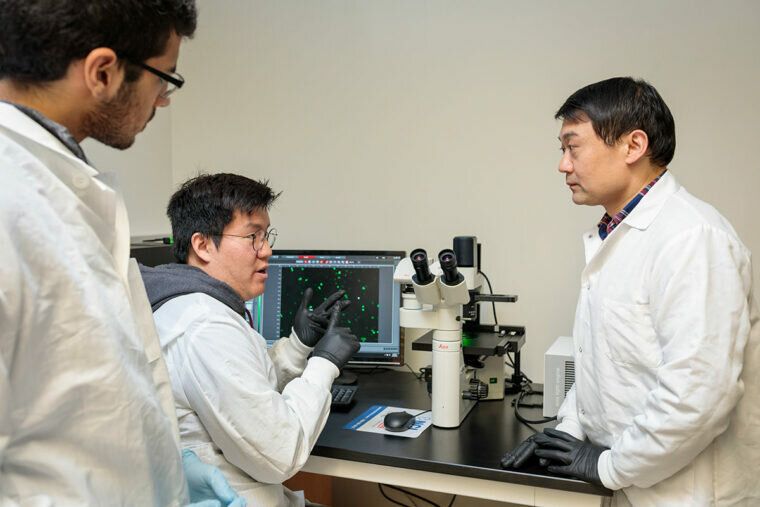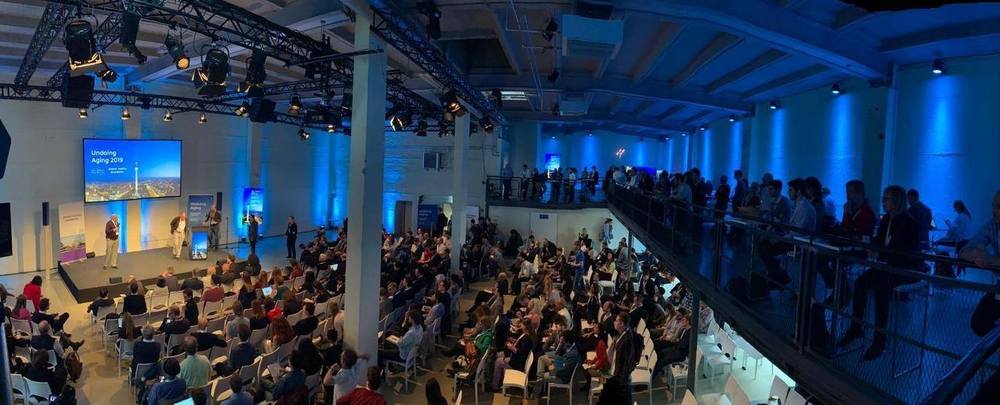(Originally posted March 7, 2019, on the Crowdfunding Professional Association’s website.)
The purpose of this memo is two-fold:
- To highlight the possibility of risks to banking and finance sectors arising from new financial instruments based on blockchain technology; primarily from novel financial accounting methods and products called “stablecoins,” digital tokens, and cryptocurrencies.
- To encourage regulators and policymakers to engage blockchain thought leaders, product developers and the community in general to better understand the economic and policy implications of public, private and permissioned blockchains; their application to banking and finance regulations; and how innovation may be encouraged in a safe, sound and responsible manner.
Like any technology, blockchain can and may be used to improve a variety of operational, identity, security and technology challenges that the future of digital banking, business and society face. Blockchain technology is also poised to create new and increasingly clever methods and economies for value, commodities, assets, securities and a slew of yet-to-be discovered financial instruments and products. However, no leap in technology and finance is ever made without risk. As policymakers and stewards of the current and future digital economy and ecosystem, we have an obligation to our constituents and the global banking and finance community to guide the growth and adoption of emerging fintech technology in a safe and sound manner.






